For plant geneticist Luke Young and biologist Rory Hornby, the solution to the world’s food security is an audacious concept: sea farming or ocean agriculture that utilizes the natural mechanism of plants such as mangroves and seagrasses to live in a saltwater environment.

Raising staple crops, including rice, on floating sea farms is an intriguing idea. However, on a planet that is 70% covered by saltwater, sea farming is a no-brainer. The world’s oceans and seas occupy more than 361 million square kilometers whilst the total agricultural land area in 2016 was estimated at only 48.6 km2.
In the past four decades, soil erosion or pollution has led to over a 30% decrease in food-producing land around the world, according to a study by The Grantham Centre for Sustainable Futures.[2] The alarming rate of land degradation—up to 100 times greater than the rate of soil formation—is attributed to unsustainable intensive agriculture that involves continuous tilling and heavy use of fertilizers. Since it takes around 500 years to create 2.5 centimeters of topsoil, scientists say the trend can have disastrous consequences on global food security.
Then there’s freshwater, the lifeblood of agriculture, which is only 2.5% of all the water on Earth. About 70% of this is used for agriculture and, by 2050, the sector requires an additional 15% to produce food for 9 billion people. But with the growing need for energy and urban use, the freshwater supply is being stretched to its limit.
For instance, Southeast Asia has the most number of dam constructions planned than any other region of the world. Dams are at the core of water resources development and management and provide numerous domestic and economic benefits. Primarily dams are utilized for generating hydropower, which is considered a clean energy alternative to oil and coal. Hydropower is now the largest contributor of renewable electricity in the world and will help the ASEAN Region meet its target of generating 23% of its power from renewable sources by 2025. However, serious concerns have been raised on the massive negative impacts and trade-offs of the numerous detrimental hydropower developments along waterways, particularly the Mekong River, on whether the river network will be able to cope.
These infrastructures pose a great danger to the Mekong River ecosystem and one of the world’s most productive inland fisheries. Disrupting the natural cycle of the Mekong also impacts economically important lakes, such as the Tone Lap in Cambodia, and the livelihoods and food security of the 70 million people who depend on the river. In 2019, poor dam regulations and low rainfall contributed to the Mekong River’s lowest water level in 300 years.
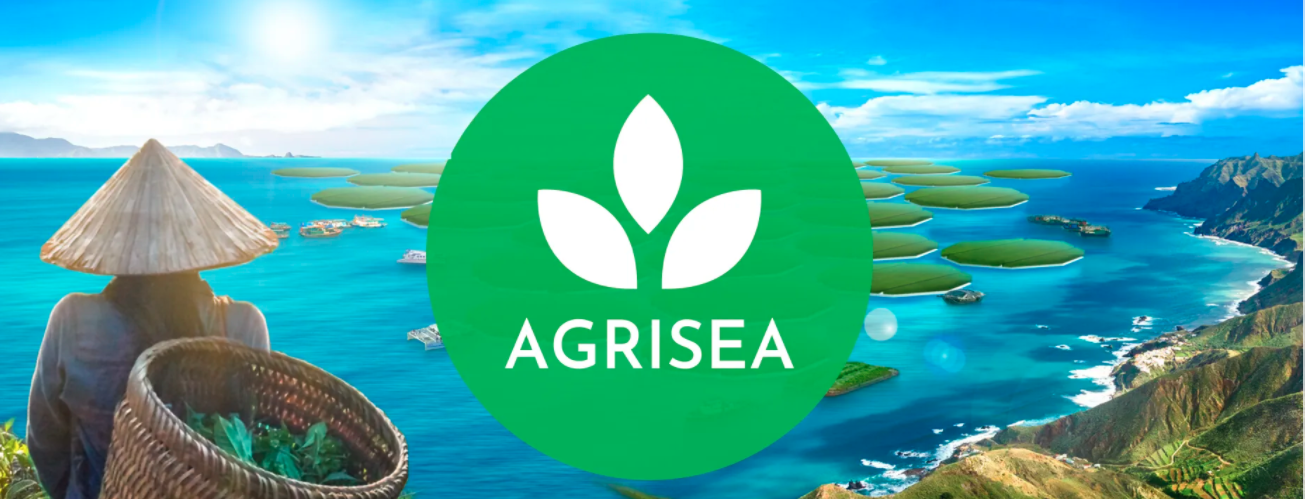
..
A sea of rice, literally
In rice production, freshwater is the single most important component. Growing irrigated rice in most Asian rice farms requires large amounts of water. The total average water use in irrigated lowland rice fields ranges from 675 mm to 4450 mm, depending on the soil type, rice culture, and water management practices. In more specific terms, in India and the Philippines, farmers use an average of about 3,000 liters of water to produce 1 kilogram of rice.[5]
For Luke Young, a plant geneticist, and Rory Hornby, a biologist, the solution to the world’s food security is an audacious concept: growing rice in saltwater. In 2019, the two scientists founded the Agrisea Company that aims to solve world hunger by designing and implementing a sustainable food system. Their solution is sea farming or ocean agriculture by utilizing the natural mechanism of plants such as mangroves and seagrasses to live in a saltwater environment.
The genetic key to a brave, new farm
Although seagrasses evolved from terrestrial ancestors about 75 million years ago they now have the ability to live fully submerged in saltwater—an environment that would kill land-based plants. In 2016, the entire genome of Zostera marina, a species of seagrass commonly known as eelgrass, was sequenced revealing how salt-loving plants adapted to marine environment. The study also has implications in understanding the evolution of salt-tolerance in crops.
The eelgrass acquired new genes enabling it to display the most extreme adaptation a terrestrial plant or freshwater plant can undergo, according to the researchers. Its cell walls are modified to be more seaweed-like by retaining water in the cell wall to deal more efficiently with osmotic stress that occurs during low tide.
Agrisea identified the group of genes that were responsible for primary salt-tolerance, with one source being Zostera marina. Armed with the knowledge of which genes to search for and how to activate them in the correct way, Agrisea is developing a new “ocean rice” that can thrive in salt water, in a system similar to hydroponics, by triggering genes existing in rice.
This will make rice production shortly environmentally and economically sustainable that conserves environmental resources, especially freshwater and land.
More than that, the rice variety is predicted to use and store up to three times the amount of carbon dioxide gas as a fully grown rainforest on the same area of land and produce no methane, two greenhouse gasses that contribute to climate change.
We reached out to Mr. Young to discuss their monumental breakthrough that would lead to “a complete overhaul with sustainability as a core focus of agricultural development.”
There are some 795 million people who are still affected by hunger every day. What do you think are the factors preventing the total eradication of hunger?
Food is and always has been incredibly personal. Eradicating world hunger requires a system capable of swift adaptation to a changing and unpredictable environment while being capable to consciously provide food. As we see it, most limitations can be linked to local adaptation to environmental conditions, changing parameters, and social preferences.
Some ways in which we can develop adaptable food production systems include:
Approaching agriculture from first principles. We built Agrisea’s new and improved agricultural system by first reevaluating which resources are required by crops and where those resources can be found on our planet. Our primary focus was on developing innovations around water efficiency, space efficiency, and disease management without excessive energy input. As we designed this system we made sure to consider what the world could look like hundreds of years from now, taking into consideration the changes our world will face in that time, reduction of land from rising sea levels, higher temperatures, and greater accessibility to global trade routes. We are building a system that creates the future rather than reacting to it.
Adapting to a changing climate. Our current systems, biological and mechanical, are limited by water, energy, and soil nutrients. The constraints placed on our current systems will only get worse over the next 10 years as a consequence of climate change. It is imperative that we move now to adopt new agricultural systems that do not merely endure but thrive throughout the intensification of climate change. How can we adapt?
Open and efficient trade. An open and efficient trade system provides accessibility and opportunity to all the communities it can spread through. For centuries, trade has been the reason behind the success of many civilizations. Currently, there are barriers with cross-border regulations and inefficient transport processes that prevent effective trade. To empower regions away from malnutrition we must provide a more open trade system that connects growers with customers and consumers to drive demand and local partnerships.
Diet diversification. Governing global crop prices has its benefits but it is incredibly difficult to align a global system of farmers, who experience varying environmental parameters, with a generalized system of pricing. To overcome this a global initiative must occur that diversifies our appetite and diet. Why? So farmers have a choice to grow a different crop more suited to their conditions and still receive ample compensation for their efforts.
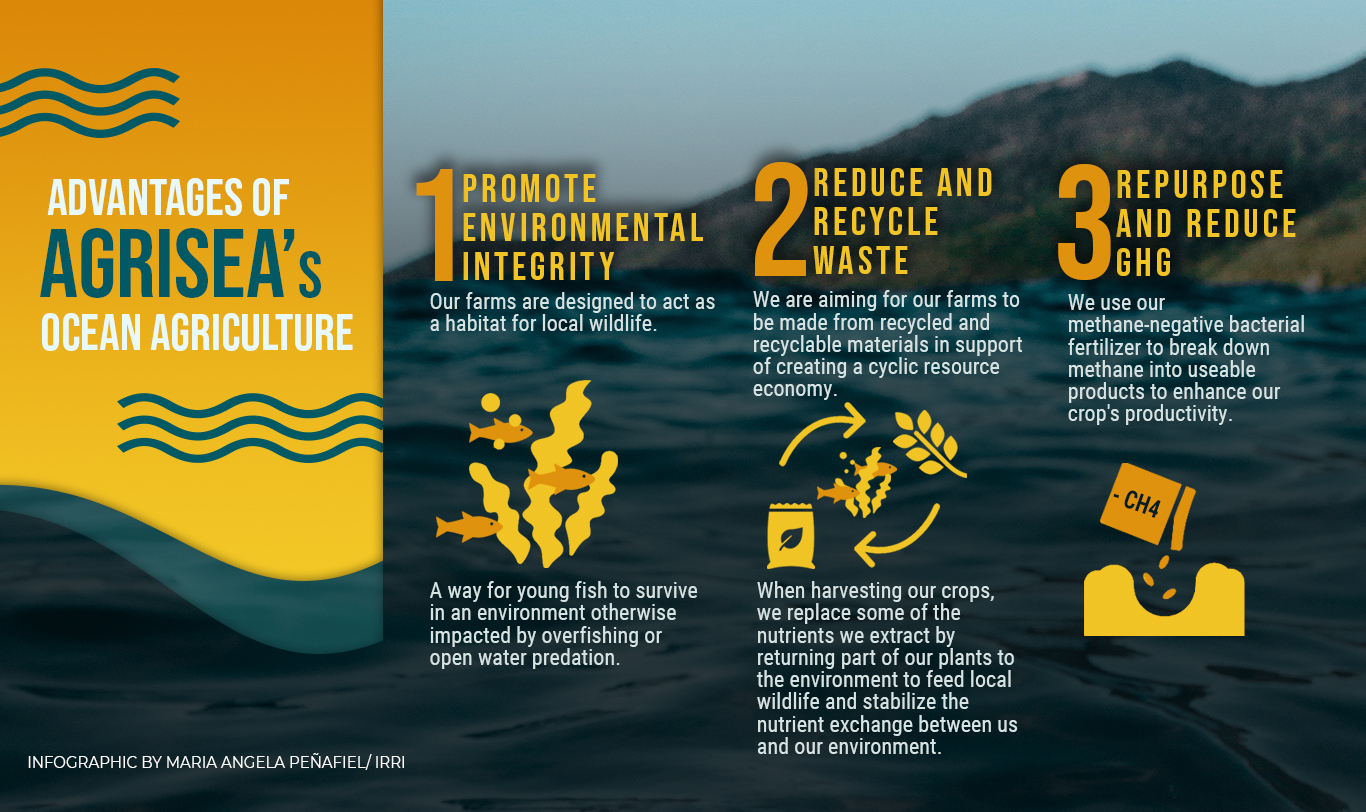
.
What is Agrisea’s model of sustainable agricultural food production?
Agrisea’s vision and supporting technology have the potential to redesign an industry that has remained fundamentally unchanged for 12,000 years. We believe in producing more food with alternative, abundant and renewable resources while supporting the mutual integration of the human and natural worlds for planetary longevity.
Agrisea was designed by identifying all the key features of agriculture that caused an impact on any of the following metrics: economic stability, environmental integrity, and social development. We call these the Metrics of Change.
We identified plausible solutions and validated the most successful solutions by a set of metrics including cost, positive effect on environmental or economic factors, and previous research. Effectively this led to a complete redesign of agricultural systems. All features of the Agrisea design are purposefully implemented to benefit the entire system from the seed developer to the farmer to the consumer. It is as much a mindset as it is an actionable structure with both being important in the wider adoption of ocean agriculture.
Agrisea’s ocean agriculture is a food production system that is free from conventional resource constraints including freshwater, land availability, and soil health. Instead, ocean agriculture relies upon the abundance of nutrients carried around the world by deep-sea currents, 70% of the world currently not used for crop agriculture, and uses the world’s most abundant resource—saltwater—for irrigation.
How can Agrisea help create more productive and sustainable agriculture?
Agrisea’s primary mission is to solve world hunger, we have developed methods to improve yield without exploiting key resources, such as freshwater. We now focus on the balance between environmental integrity and the efficiency of food production. If you work for efficiency, the yield will increase naturally.
We allow rice-centric communities to continue growing rice in saline soils, such as those found in the Mekong Delta, without having to turn to detrimental shrimp farming methods that drastically increase the salinity of the soil.
In ocean agriculture, we utilize natural processes to support our own farms. Our calculations show that there are sufficient nutrient concentrations and biotic conditions to support our ocean farms and maintain the current marine ecosystem. Our ocean farms, both in crop design and mechanical design, have the intentional adaptability to meet and surpass the global food production demands of 2050.
In fact, the conditions for ocean farming are improving with climate change and will allow us to produce higher yields in the coming decades.
We take this a step further by providing sustainable practices to rice cultivation. By growing in saltwater, we prevent the expulsion of methane found in standard rice cultivation, predicted to be up to 100 million tonnes globally by the Intergovernmental Panel on Climate Change. This reduction in greenhouse gases became a driving force for technological development within Agrisea. Agrisea’s Chief Scientific Officer, Rory Hornby, is driving the development of a methane-negative bacterial fertilizer. This unique bacterial strain will be co-cultivated with our rice prior to transplantation, providing a symbiotic colonization opportunity. This bacterial strain sequesters methane and provides it as a carbon source to the plant. Improving growth, yield, and GHG reduction potential of Agrisea’s ocean agriculture.
We don’t just want to navigate today’s world, we want to build a better one for our future generations.
Do you foresee sea farming as a game-changer in food security much like the Green Revolution of the 1960s and 70s?
When all the conditions are considered, sea farming, or ocean agriculture, is the most logical step forward for our future. It will absolutely underpin the future of developing countries and will be a significant factor in developing the new ‘superpower’ countries over the next 100-200 years. Ocean farming will be nothing short of a game-changer, for the future of society and our planet I hope we take this opportunity.
By 2050, the United Nations predicts the world’s population will grow by at least two billion people. The majority of this population increase is found in Sub-Saharan Africa (1 billion) and 600 million more in Southeast Asia. Both of these regions are facing extreme drought, heat waves, and unpredictable weather patterns due to climate change. Michael Oppenheimer, a long-standing member of the Intergovernmental Panel for Climate Change, has identified the “breakdown of food systems” as the “biggest threat of climate change” and so once again we face a jeopardizing situation to produce enough food in conditions that have previously directly hindered us from doing so.
Most technologies have unintended “side effects.” For example, the Green Revolution led to the extinction of thousands of traditional rice varieties and the misuse of fertilizers and pesticides. Do you see a downside to sea farming?
All actions are a balance of negative and positive impacts; if we are conscientious in our actions then we can predict outcomes over the next five, ten, or twenty years with reliable degrees of accuracy.
Rory and I have predicted what could occur if there was an unconscious release of this technology, as founders it is our responsibility to ensure the implementation of this technology is safe for our people and our environment. A blanket (tessellating platforms over large areas) use of this technology without prior assessment of the location could lead to overuse of available nutrients or can prevent light from entering through the surface water to photosynthetically active organisms below. Prior predictions of this impact allow us to negate the possibility of this occurring by careful consideration of farm placement.
The crops themselves do not show any significant threat to the environment. Agrisea’s genetic design allows our ocean crops to rely on our farming platforms to grow. This prevents any spread of the seed via oceanic currents and removes any likelihood of contamination.
There is a growing recognition of the negative impacts of agriculture on biodiversity. How will Agrisea address the need to have a balance between biodiversity conservation and increasing global food production?
The balance between biodiversity and sustainable food production beats at the heart of Agrisea. The technology that defines Agrisea’s future has been carefully built to ensure positive or neutral effects on the environment around our farms.
The mechanical design of the farms is a positive feature in improving local biodiversity. The lower half of farms provide a protective haven by introducing two layers of selective mesh that improve our buoyancy and plant binding ability but allows young fish to reside in the lower region of the farm.
We further balance the placement of our farms to ensure there are sufficient conditions to support the introduction of our crops into the local ecosystem. This placement assessment is performed on a case-by-case basis to ensure the unique ecosystems found around the world are taken into consideration for each farm.
Can ocean farming help deliver the UN Sustainable Development Goals?
Yes, with ocean agriculture, Rory and I believe we can permanently overcome world hunger within the next 10 years.

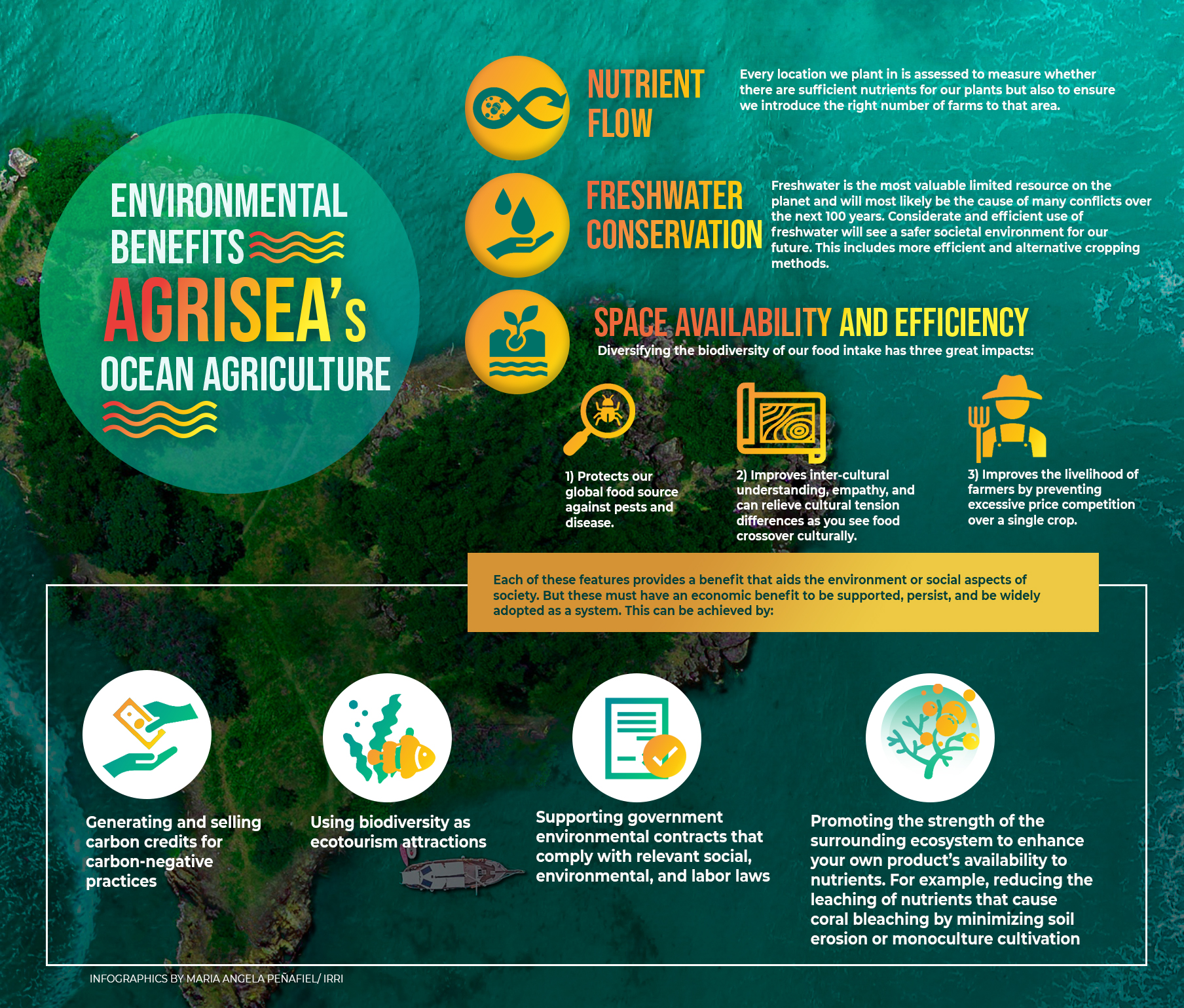
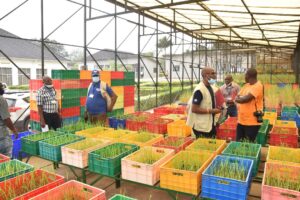
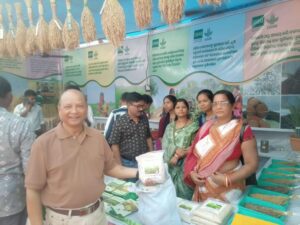
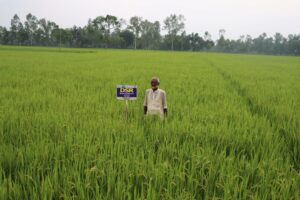
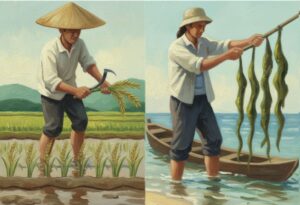
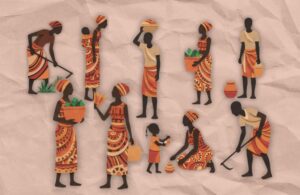
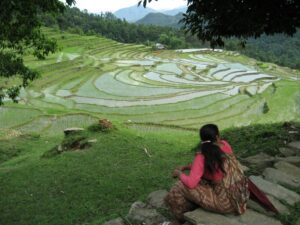
Hello,
I sent an email early this morning with links to show a little on the great extension of the sea marshes in El Puerto de Santa Maria which I think would be idea for sea rice.
Looking forward to hearing back.
Kindest regards
John Gontier
-34 644116059
Hello, I hope to cooperate with plant geneticist Luke Young and biologist Rory Hornby to grow sea rice in China. Please relay my letter to them. Thank you!
China email: meixiliu@126.com
You may contact them through their website https://www.alora.world/
The need to address current issues on food insecurity, climate change, soil degradation and world hunger can be address by sea farming or ocean agriculture by Agrisea. I agree and believes on this direction. It can be done why not? Research and Development will paved the way if there’s strong will and united efforts to do this. Thanks Agrisea. Hope to be part of this as a Professional agriculturist.